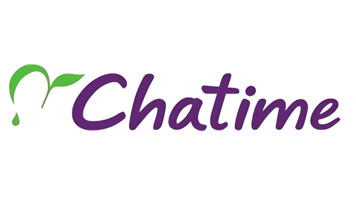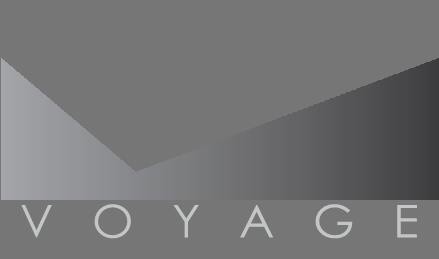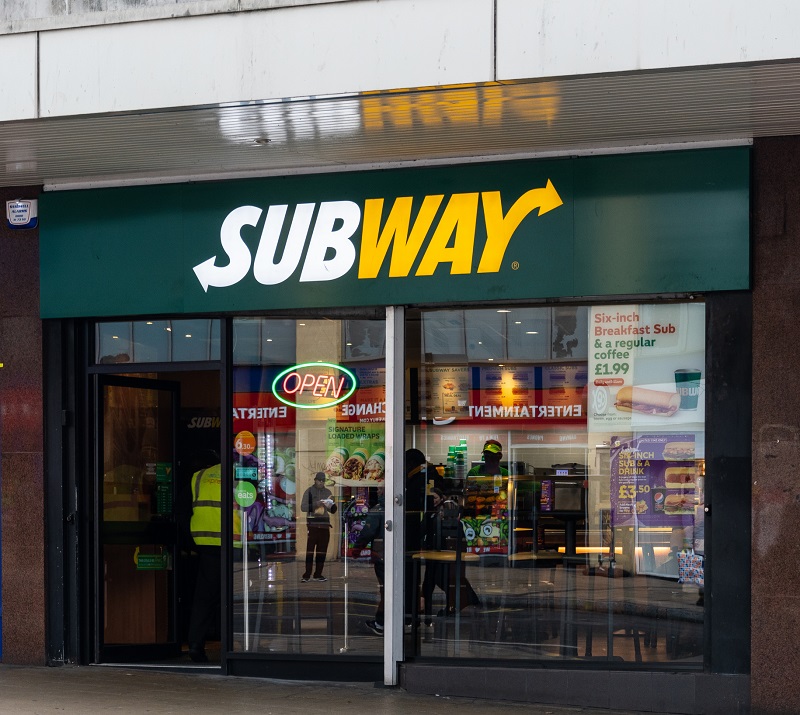Financing a franchise is really no different then financing any other business – at least in the eyes of the lender.
When you read up on financing, you will likely come across the 5 C’s of Credit – Character, Capacity, Capital, Collateral and Conditions.
But, it really is not all that complicated.
What you should understand when financing your franchise is this:
“All lenders just want to get repaid. Thus, you have to show them your ability to repay the loan.”
And, if you can demonstrate this – this ability to repay (the Capacity criterion of the 5 C’s of Credit) – then much of that other stuff like Character and Conditions either does not matter very much or will just fall into place (in fact, with a well known franchise business, the Character of the franchise or its reputation matters more than the Character of the borrower – you – so that issue is already checked off).
Ability To Repay
Your ability to repay comes down to one thing – your cash flow. Do you or will your business be able to generate the cash flow month after month to make both the principal and interest payments on the loan – when due?
The lender wants to get their principal amount back – it is a loan after all. And, they want to earn interest for making the loan – this is how they earn their revenue to cover their expenses and make profit.
Therefore, the lender wants to see – right up front – how and how much your franchise will earn in revenue and compare that to how and how much your franchise will have in expenses to earn that revenue. If your business can earn more in revenue than it has in expenses and earn enough over those expenses to meet the loan’s payment, then you can demonstrate an ability to repay.
Example: You are seeking a $250,000 loan to purchase, set up and outfit your new franchise. A lender assesses your risk and calculates a possible loan payment of $3,320 per month given (the Condition criterion of the 5 C’s of Credit) a 10% interest rate and a loan pay back period (term) of 7 years (this also includes your 20% down payment – the Capital criterion of the 5 C’s of Credit).
Therefore, if you can show your potential lender that your business – your franchise – can at the least cash flow enough revenue minus expenses to cover the $3,320 per month anticipated payment, then you stand a better than average chance of getting your loan request approved.
Now, this is a better than average chance and not a slam dunk because:
1) Just meeting the minimum payment amount is good but not always good enough. Most businesses are not consistent in their revenue – they can have a slow month or a slow period. Thus, if your franchise faces a slow month and its cash flow dips below the payment amount, your business will (could) miss that payment. Not good in the eyes of the lender.
So, most lenders not only want to see that your business can cash flow enough revenue over expense to cover the loan payment each month for the life of the loan but that it also covers a cushions – say 10%, 15% or even 20% above the calculated payment just in case your revenue falls or your expenses rise by an equal amount.
In our scenario, this would mean demonstrating cash flow of around $4,000 per month just for debt payment.
2) Since all lenders are focused on repayment, they don’t just look for one method of pay back; they tend to look for three.
A) Cash flow is always the first as it is the easiest and least expenses for the lender – you make your payments and everyone is happy.
B) A personal guarantee is the second form of repayment. One of the reasons that Character matters. But, should your individual franchise falter, most franchisors will step in and make the lender whole – not to protect you or to protect the lender but to protect the reputation of the franchise. But, a personal guarantee will be required and possibly a guarantee from the franchisor as well.
C) And lastly, collateral. Collateral is used as the third form of repayment. Collateral should be the easy part. You should be using the bulk of your franchise loan to buy physical assets like property and equipment. Thus, just simply use that collateral to secure the loan. Should you fall short here, then you will be required to put up personal assets to cover any difference.
Conclusion
Now, you might think that your new franchise, which is expected to earn $300,000 to $500,000 a year in top line revenue would have no problem meeting the small payment requirement of around $4,000 per month or $48,000 per year. But, remember, it is not top line revenue that lenders look at. They, instead, focus on cash flow – cash flow after all your expenses are covered to included direct costs like supplies, material and direct labor as well as your overhead costs like salaries, marketing, franchise fees and other fixed costs.
According to an investigative report by Entrepreneur.com:
“51.5 percent of food franchises earn profits of less than $50,000 a year; roughly 7 percent top $250,000, with the average profit for all restaurants coming in at $82,033.”
And, if you extrapolate these results over all franchises, this means that 50% or more of them will not be able to cover the loan payments in our scenario. Can’t make payments, then no loan.
So, the bottom line is this. Want a franchise loan then:
Capital: Have a substantial down payment (at least 20% of the requested loan amount),
Collateral: Use the assets of the franchise to secure the loan, and
Capacity: Be able to demonstrate that your business will be able to make monthly loan payments (both principal and interest) from day one.
And let the other 5 C’s of Credit just fall into place.
Not sure how much can you afford?
Fill out our Franchise Affordability Calculator


Voyage Franchising
Related Articles
Open Your Own Independent Business or Buy a Franchise?
From the outset, you’ll have some obvious questions you’ll need to ask yourself before you can start formulating your own strategy to begin your venture.
New York Times Investigates Subway’s Abuse of Franchisees
New York Times investigation into the use of questionable practices by one its Franchise Development Agents that culminated in the agent acquiring two of a franchisees Subway stores.
The Fall of A Giant – Are Subway’s Healthiest Days Behind Them?
Not even a decade ago, Subway was the champion of healthy eating. In fact, they were the largest fast food chain in the world.
What Sub-Franchising Really Means
Sub-franchising is frequently confused with other franchise models, including area developers, master franchisors, regional developers.
Maximize Market Penetration and Branding with Multi-Unit Franchisees
Multi-unit franchising grows in popularity, in the Quick Serve Restaurant sector, this model continues to expand into other franchise sectors in popularity.
The Top 10 Franchise Grade Facts & Figures From 2017
Detailed studies on emerging franchise success rates, errors in Item 20 disclosure and sector performance, Franchise Grade’s reports help you.
A Road Block to Franchise Growth is Right Under Your Nose
New franchise growth is the top priority for emerging franchise brands. Many of these franchises have an obstacle on the road to more franchise locations.








